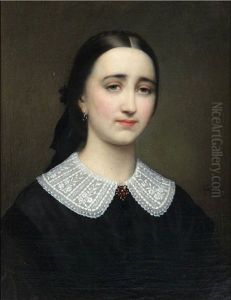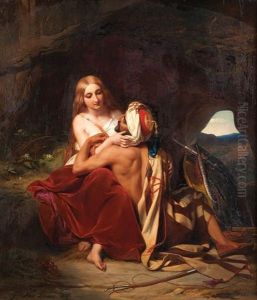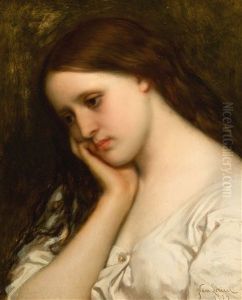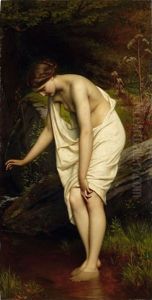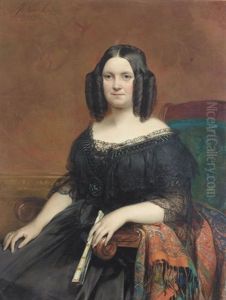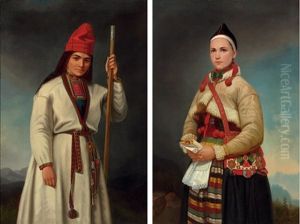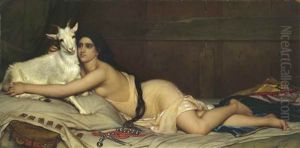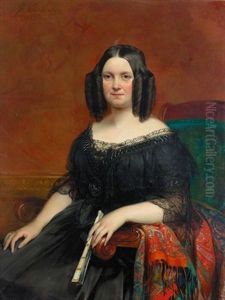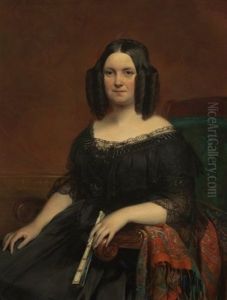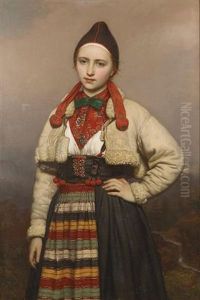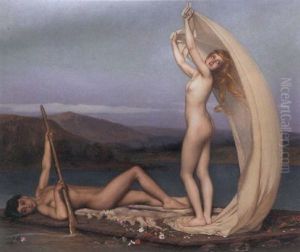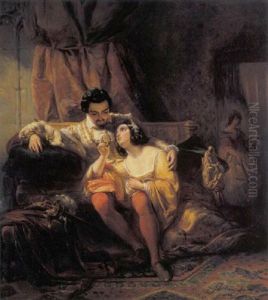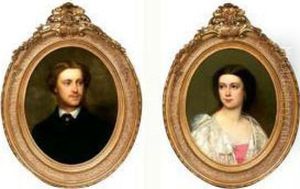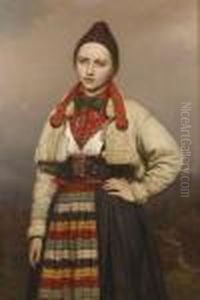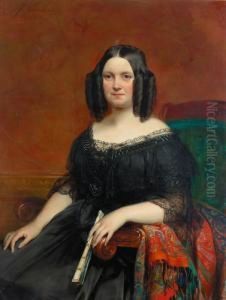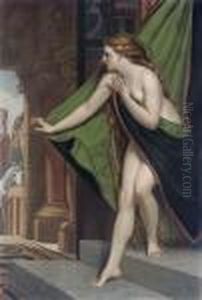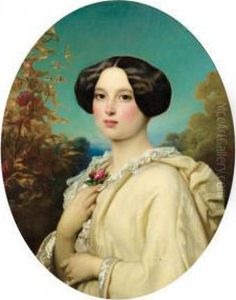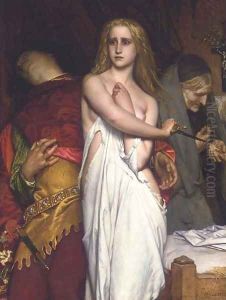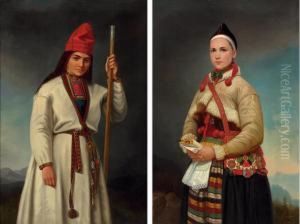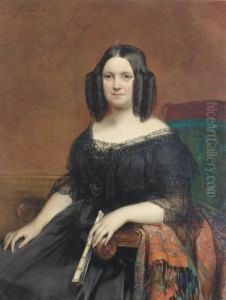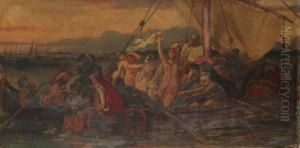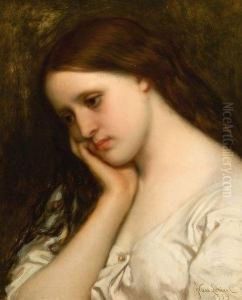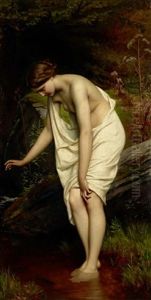Joseph Henri Francois Van Lerius Paintings
Joseph Henri François Van Lerius, often known simply as Henri Van Lerius, was a Belgian painter born on April 9, 1823, in Boom, near Antwerp. He is known for his work in the Romantic style, which was predominant in the arts during the early part of his life. Van Lerius studied at the Royal Academy of Fine Arts in Antwerp, where he was influenced by the teachings of Gustave Wappers, a notable Romantic painter of the time. His education under Wappers played a significant role in shaping his artistic direction.
Henri Van Lerius's work was characterized by a focus on historical and mythological subjects, rendered with a dramatic flair that was typical of the Romantic movement. He was particularly adept at capturing the emotion and grandeur of historical scenes, which garnered him considerable attention and acclaim during his career. His paintings often featured rich colors, detailed compositions, and a sense of movement that brought his subjects to life.
Van Lerius achieved success relatively early in his career and received various commissions for his work. He painted for churches, public buildings, and private patrons. His talents were also recognized by the Belgian monarchy, and he completed works for the royal family. Despite his success as an artist, Henri Van Lerius was not without his struggles. He faced personal challenges and health issues that sometimes affected his ability to work.
Henri Van Lerius's contributions to Belgian art were significant, and his works continue to be appreciated for their emotional depth and technical skill. His legacy is preserved in the collections of various museums and in the Royal Academy of Fine Arts in Antwerp, where he once studied and later taught as a professor. Van Lerius passed away on February 1, 1876, in his birthplace of Boom. His influence continued to be felt in the generations of artists that followed, particularly those who sought to capture the spirit of Romanticism in their own works.

